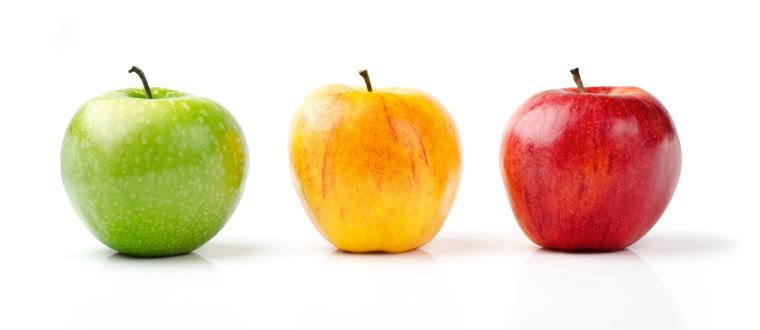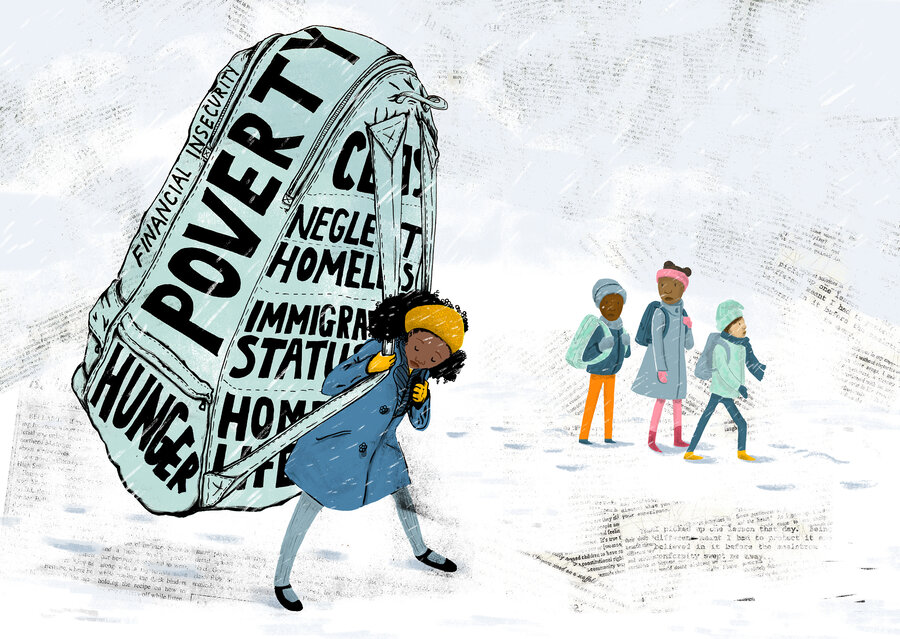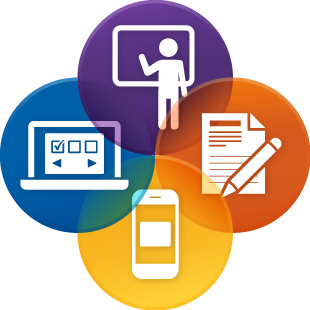"Better Schools"
I think I understand the issue of "better schools" in richer areas. It goes like this:- Richer people (even upper-middle-class and middle class people) are more likely to have college degrees.
- Parents with college degrees are more likely to value education.
- People who value education are more likely to instill these values into their children.
- Children with parents that value education (especially if their parents--themselves--are college graduates) are more likely to do well in school.
- Hence, schools in richer areas have students who do well in school. (I'm defining "do well in school" to mean students get good grades and (hopefully) actually learn and understand the content of the courses that they take.)

Since teachers (generally) make the same amount of money in these "better" schools as they do in schools with lower student achievement, teachers (generally) prefer to teach in these schools. Teachers get to spend more time on teaching and less time on disciplining. Additionally, these schools seek to hire good, highly-able teachers to meet the demands of their students.
"Low-achieving schools"
I think I understand some of the issues of "low-achieving schools".- Some kids are motivated to do well in school and some are not. Low-achieving schools have a majority of low-motivated students.
- Low motivations comes from a variety of factors including:
- Lack of parental encouragement and/or parental example.
- Lack of engaging teachers and interesting lessons.
- Lack of a sense of belonging to your school.
- Lots of other reasons.
- Low-achieving schools tend to have more discipline issues that come up.
- This leads to stricter school rules and (sometimes) stricter consequences.
 Many teachers find it difficult to have an effect on a student's education in these type of schools. Many teachers were never trained to handle multiple discipline issues and they themselves were never part of a high school class that didn't care about learning. Hence, teachers who begin in these schools seek to move to "better" schools. Hence, low-achieving schools have the additional issue of (on average) having a less experienced staff year after year.
Many teachers find it difficult to have an effect on a student's education in these type of schools. Many teachers were never trained to handle multiple discipline issues and they themselves were never part of a high school class that didn't care about learning. Hence, teachers who begin in these schools seek to move to "better" schools. Hence, low-achieving schools have the additional issue of (on average) having a less experienced staff year after year.Choice
Usually when hear conversations about school choice. the issue is, "I don't like my child's public school and I want him/her to go somewhere else." It may be more typical for parents with kids in the low-achieving school to want other choices, but I'm sure there are parents with kids in the better schools who also want this. So here is my (perhaps limited) knowledge of the choices that people have:
- Move. Parents who are sufficiently unhappy with their child's public school and are quite happy with a nearby (or not so nearby) other public school can move into the district with other school. I know that moving is a great inconvenience and it would take some mighty strong feelings for family to make this decision--but it is an option. However, if the better school is in an area that you can't afford to live, then this isn't an option.
- Charter schools. This option is gaining in popularity. Twenty years ago, less than one percent of American schools were charter schools. Today that number is over 5%. In 2009, 40 of the 50 states in the U.S. had charter schools. Charter schools are public schools, so they are free just like public schools.
- Homeschooling. This option is also on the rise. In 1999, 850,000 America students were home-schooled. By 2011, that number rose to 1,770,000 of our nation's approximately 50 million students. (source) Homeschooling can occur at any level from kindergarten to grade 12.
- Online learning. I have to say that this an area that I am less familiar with. I know middle and high school students can take online classes, but I don't know the rules about how they count toward graduation and whether you can completely skip public school and get all of your secondary education online. Personally, this sounds like a very lonely learning experience. But perhaps as a supplement it is a good choice for some.
My feeling on this issue is the same as it is on most issues: Do what you think is best for your child. If you want to leave public schools because you're angry about one thing in one course, I would suggest looking for options for that one course--but don't leave the whole school because of it. If you have a broader complaint about your child's public school and want to consider other options, do your research. But be careful because something else isn't always something better.














.jpg)


